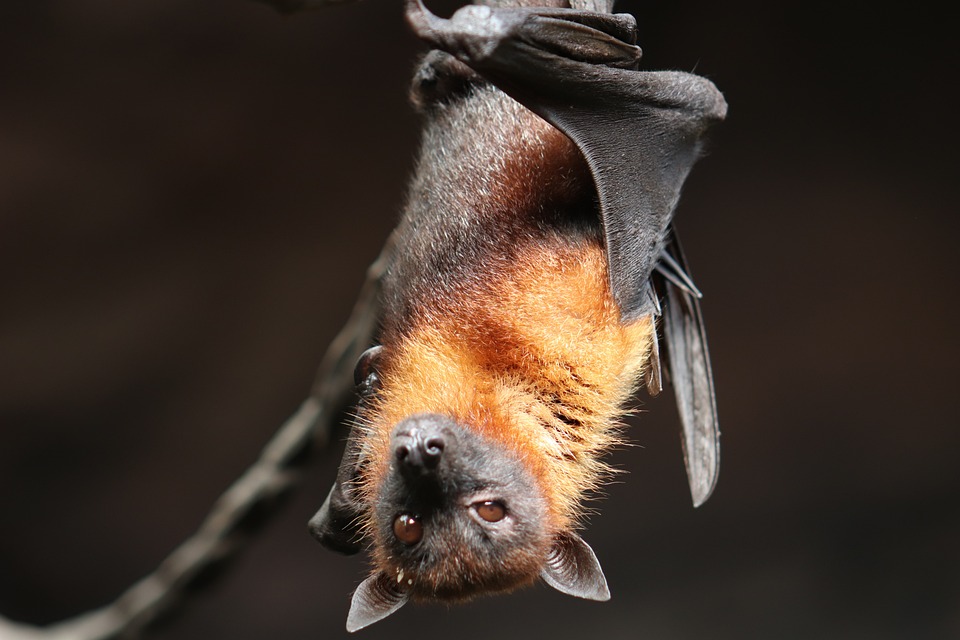Bats: The Flying Mammals with a Secret Sense – And It’s Not Just Echolocation
As the sun sets and the stars begin to twinkle in the night sky, a unique group of creatures takes to the air. Bats, the only mammals capable of true flight, have been fascinating humans for centuries with their ability to navigate and hunt in the dark. But what makes these flying mammals so special? While echolocation is often credited as the primary means by which bats navigate, there’s more to their secret sense than just sound waves.
The Power of Whiskers
One of the most remarkable features of bats is their highly developed sense of touch. Their whiskers, or vibrissae, are long, stiff hairs that protrude from their faces and are incredibly sensitive to even the slightest changes in air pressure. This allows them to detect the presence of insects, fruit, and even other bats, even in complete darkness.
But how do these whiskers work? Scientists have discovered that the vibrissae are connected to specialized nerve endings in the bat’s skin, which send signals to the brain. This information is then used to build a mental map of the bat’s surroundings, allowing it to navigate and hunt with ease.
The Art of Smell
Bats also possess an incredibly keen sense of smell, which plays a crucial role in their ability to find food and detect predators. Many species of bats use their sense of smell to locate fruit, nectar, and insects, while others use it to detect the scent of potential mates or rivals.
But what makes bat smell so special? Scientists have discovered that bats have a unique type of olfactory receptor, which is found in the nasal passages and is responsible for detecting pheromones and other chemical signals. This allows them to detect even the faintest scents, giving them a significant advantage in their environment.
The Power of Hearing
While echolocation is often credited as the primary means by which bats navigate, their sense of hearing is also incredibly important. Many species of bats use their ears to detect the sounds of insects, birds, and even other bats, allowing them to track down prey or avoid predators.
But how do bats use their hearing? Scientists have discovered that bats have a unique type of hearing organ, which is found in the ear and is responsible for detecting sound waves. This organ is incredibly sensitive, allowing bats to detect sounds that are too faint for humans to hear.
Image: A bat in flight, using its whiskers to detect the presence of insects.
[Image description: A photograph of a bat in flight, with its whiskers extended and its ears folded back. The background is a dark, moonlit sky.]
FAQs
Q: What is echolocation?
A: Echolocation is the process by which bats use sound waves to navigate and hunt. They emit high-frequency calls, which bounce off objects in their environment, allowing them to build a mental map of their surroundings.
Q: How do bats use their whiskers?
A: Bats use their whiskers to detect the presence of insects, fruit, and even other bats. The whiskers are highly sensitive to changes in air pressure, allowing the bat to build a mental map of its surroundings.
Q: What is the purpose of a bat’s sense of smell?
A: A bat’s sense of smell is used to detect food, detect predators, and even find potential mates or rivals. Many species of bats use their sense of smell to locate fruit, nectar, and insects.
Q: Can all bats echolocate?
A: No, not all bats echolocate. Some species of bats use their sense of smell or hearing to navigate and hunt, while others use a combination of these senses.
Q: Are bats intelligent?
A: Yes, bats are considered to be highly intelligent animals. They have been observed using complex strategies to hunt and navigate, and some species have even been known to use tools.
Q: How many species of bats are there?
A: There are over 1,300 species of bats, which are divided into two main groups: megabats and microbats. Megabats are large, fruit-eating bats, while microbats are small, insect-eating bats.


